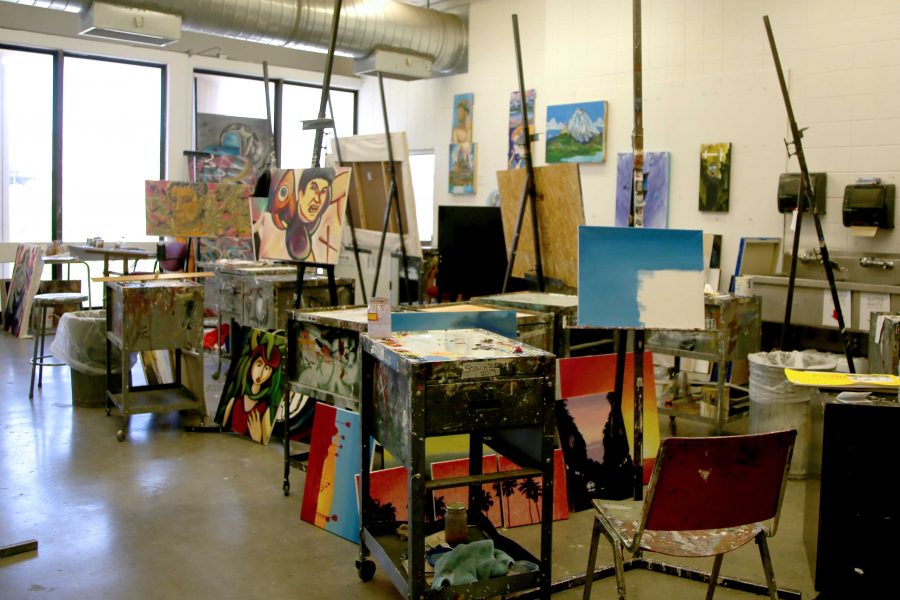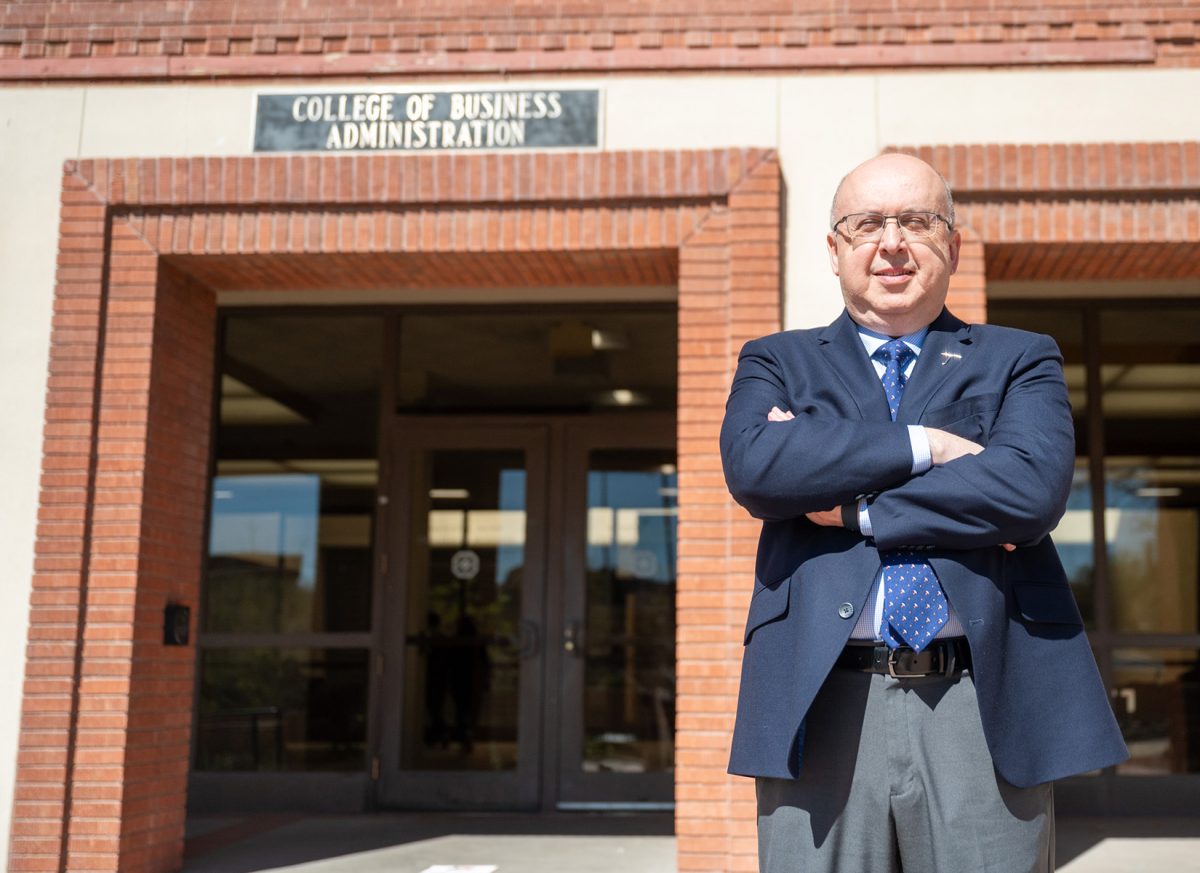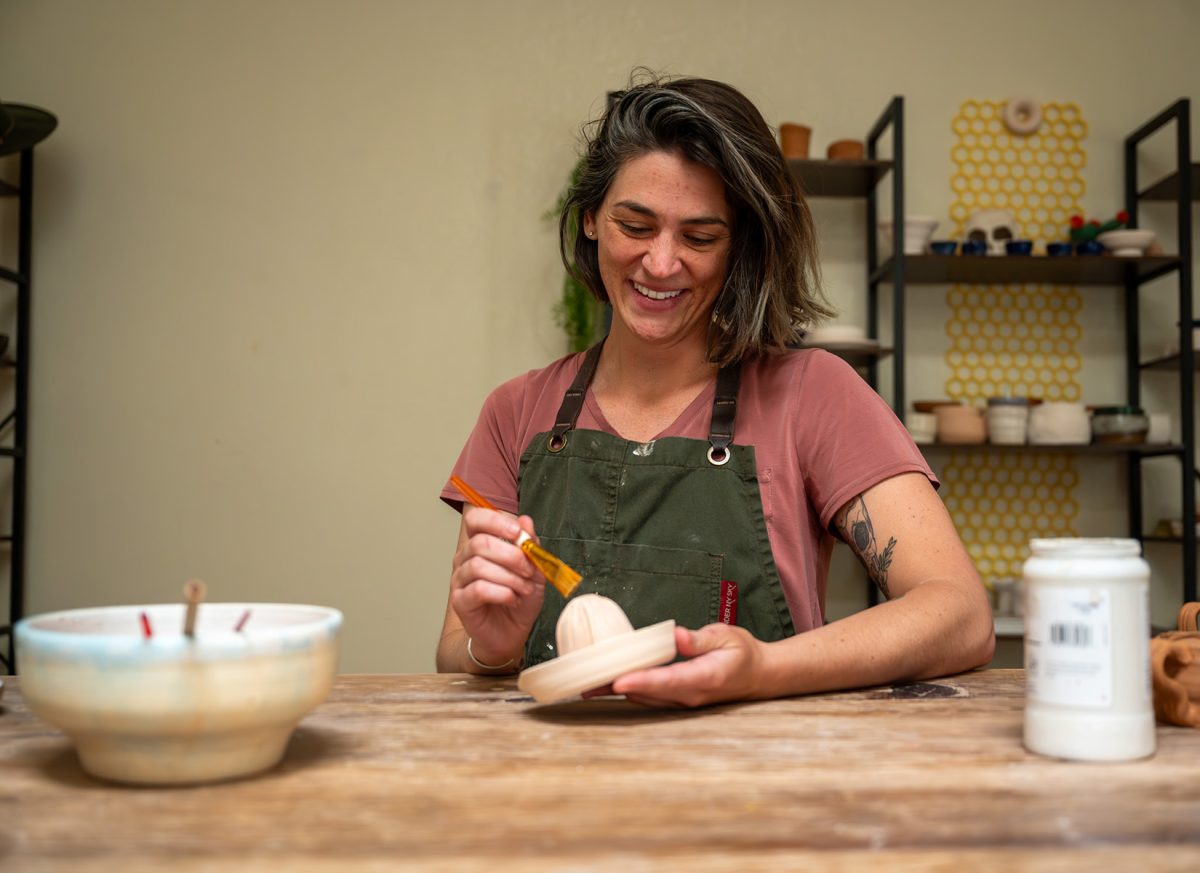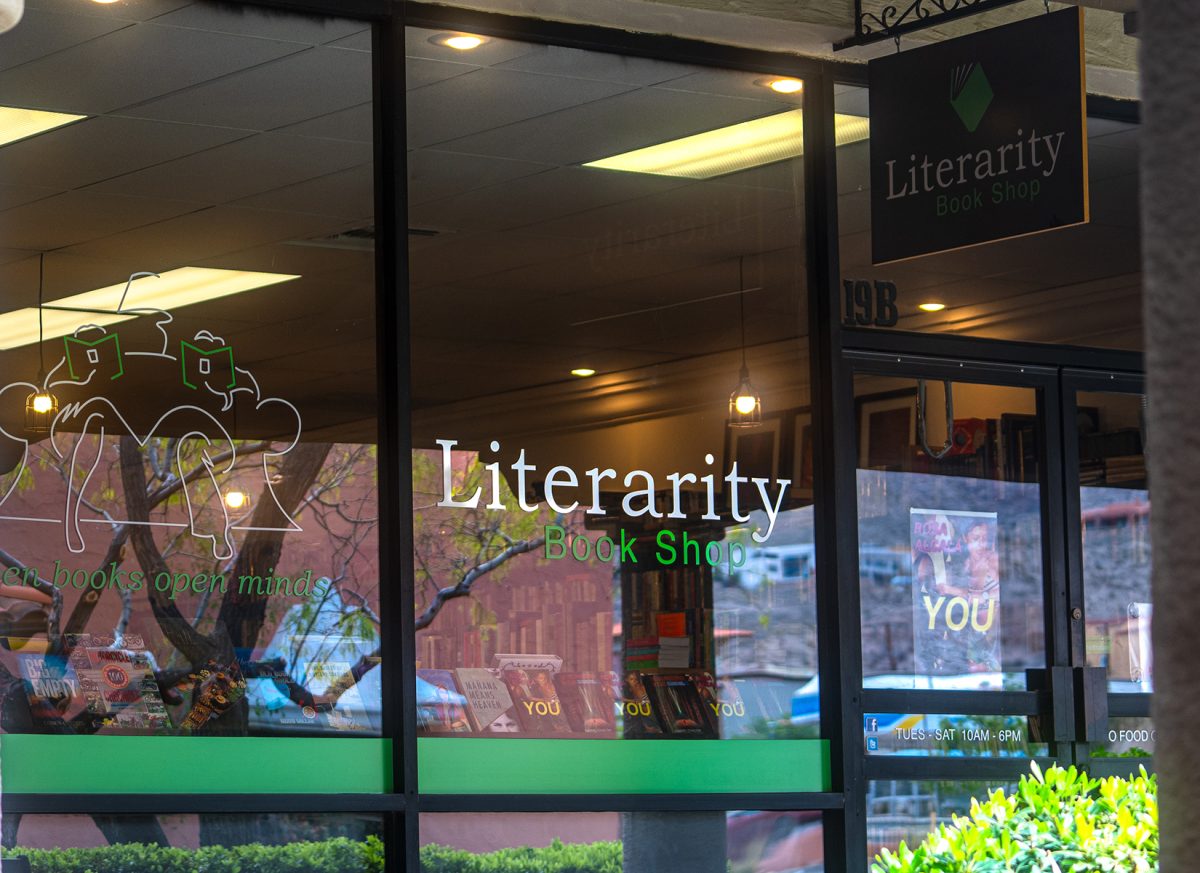As a studio art major, senior Kymea Staten said she constantly bought expensive hardware store tools and art paper until she decided to change majors.
“I changed my major because of how expensive it was,” Staten said. “You never really know what you’re gonna need because a syllabus in art classes often changes and it can be frustrating. There have been times where I have spent over $60 on a single assignment.”
Staten, now an art history major, said the price of the supplies caused her to feel stressed and embarrassed after not being able to purchase them.
“There were times when I wasn’t able to afford some of my supplies and as a result, I would fall behind in my classes. I became extremely stressed and overwhelmed,” Staten said. “It’s embarrassing to not go to class because you can’t work on assignments simply because you can’t afford it.”
During one semester, Staten spent approximately $600 in supplies for her art courses affecting more than just her bank account.
“It resulted in eating a very poor diet and making sacrifices that didn’t always feel necessary,” Staten said.
David Griffin, chair of the Department of Art, said he is aware of what students have to go through as they take courses in the art department.
“It’s the same thing when I was a student,” Griffin said. “We, as faculty, are aware of this problem and we try to help and suggest solutions and possible substitutions for those materials that students will use. Just because you use lower quality materials that doesn’t necessarily mean your art won’t be good. If you’re creative and you’re really good, then you can make those materials work just as good as you would do with high-end art materials.”
Griffin said during this upcoming fall semester, course fees for design one and two, drawing one and two and life drawing one will be raised. He said some of the fees have not been raised in more than 20 years and the money raised from this will allow some professors to help out their students.
“I just raised three or four (course fees) that hadn’t been raised for quite a while,” Griffin said. “After I buy the materials, I will be able to supply them without having the students go out and buy them on their own. I teach one of those classes and I will know exactly what they need to create what I’m asking for.”
Griffin said there is a nationwide problem in funds for liberal arts majors.
“That’s the big push between STEAM and STEM, the A for arts is missing,” Griffin said. “The designer of every product is important for humanity because they have the ability to connect with people. This is why I would like to see more funding for art students.”
Griffin said art students are learning the techniques they need to be good artists and as they progress they will gain confidence and start to understand what kind of materials are better to work in and in what medium. He said this will then allow students to understand how the right balance between making art and spending money.
“You have to be creative, you have to think and problem solve around these things,” Griffin said. “Your assignment is to build a piece of art and critically think about the pieces and the materials you’re using, and use them wisely and economically enough so that you don’t break your own personal finances.”
Griffin said students should take advantage of grants and scholarships as they are offered. Griffin said these are competitive scholarships, where students have to demonstrate a unique technique and sense of art.
“These scholarships are hard to obtain, but if you are going through a difficult economic moment and you still want to want to major in art you should apply,” Griffin said.
Griffin said there is a perception that art majors won’t be making a living once they graduate, a perception he said can be overcome if art students look for unique ideas and career choices.
“Is the student really clever enough to double major in business or painting and go out and open their own studio?” Griffin said. “That is networking, that’s making yourself open to possibilities to the doors that open. I know it’s hard to double major, but there are ways in which art students can find the resources to find money after graduation.”
Griffin also said students should reconsider if they are majoring in art if they are not willing to make these sacrifices.
“Is making a living in the arts easy? No, it’s not,” Griffin said. “Art is hard and art is going to cost you money, time, and you have to really devote yourself to it.”











